Abbott, J.H.M. (John Henry Macartney). 1908. The South Seas (Melanesia). With twelve full-page illustrations in colour by Norman Hardy, F.R.G.S. London: Adam and Charles Black.
- Available via Internet Archive at: https://archive.org/details/southseasmelane00hardgoog
Bassarova, M.; Archer, M.; and Hand, S.J. December 20, 2001. “New Oligo-Miocene Pseudocheirids (Marsupialia) of the Genus Paljara from Riversleigh, Northwestern Queensland.” Memoirs of the Association of Australasian Palaeontologists 25:61-75.
Bisby, F.A.; Roskov, Y.R.; Orrell, T.M.; Nicolson, D.; Paglinawan, L.E.; Bailly, N.; Kirk, P.M.; Bourgoin, T.; Baillargeon, G.; Ouvrard D. 2011. "Pseudochirulus cinereus (Tate, 1945)." Species 2000 & ITIS Catalogue of Life: 2011 Annual Checklist. Reading, United Kingdom. Retrieved on March 11, 2014.
- Available at: http://www.catalogueoflife.org/annual-checklist/2011/search/all/key/pseudochirulus+cinereus/match/1
Burnett, S.; and Winter, J. 2008. "Pseudochirulus cinereus." In: IUCN 2013. IUCN Red List of Threatened Species. Version 2013.2. Retrieved on March 11, 2014.
- Available at: http://www.iucnredlist.org/details/18508/0
Cabrera, Angel. Genera Mammalium: Monotremata Marsupialia. Madrid: Museo Nacional de Ciencias Naturales, 1919.
- Available via Biodiversity Heritage Library at: http://biodiversitylibrary.org/page/32474669
"Cape Tribulation, Daintree National Park: Nature, Culture and History." Queensland Government Department of National Parks, Recreation, Sport and Racing > Topics > Find a park or forest. Last updated August 22, 2013. The State of Queensland (Department of National Parks, Recreation, Sport and Racing). Web. www.nprsr.qld.gov.au
- Available at: http://www.nprsr.qld.gov.au/parks/daintree-cape-tribulation/culture.html
Carter, T.D. (T. Donald), J.E. (John Eric) Hill, and G.H.H. (George Henry Hamilton) Tate. Mammals of the Pacific World. New York: The Macmillan Company,1945.
- Available via Biodiversity Heritage Library at: http://biodiversitylibrary.org/page/5831397
Collett, Robert. 1884. "On some apparently new Marsupials from Queensland." Proceedings of the Scientific Meetings of the Zoological Society of London for the Year 1884, Vol. 52, Issue 3 (May 20, 1884): 381-389. London: Longmans, Green, Reader, and Dyer. Retrieved on March 8, 2014.
- Available via Biodiversity Heritage Library at: http://biodiversitylibrary.org/page/28690276
- Available via Internet Archive at: https://archive.org/stream/proceedingsofgen97scie#page/317/mode/1up
Duff, Andrew; and Lawson, Ann. 2004. Mammals of the World: A Checklist. Yale University Press.
Dumont-d'Urville, Jules, and Charles Hector Jacquinot. Voyage au pôle Sud et dans l'Océanie sur les corvettes l'Astrolabe et la Zélée. Tome troisième: Zoologie. Paris: Gide et J. Baudry, 1853.
- Available via Internet Archive at: https://archive.org/details/voyageaupolesud06durgoog
Flannery, Timothy F. 1994. Possums of the World: A Monograph of the Phalangeroidea. Chastwood, Australia: GEO Productions in association with the Australian Museum.
Kerle, Jean Anne. 2001. Possums: The Brushtails, Ringtails and Greater Glider. Sydney: University of New South Wales Australian Natural History Series. Retrieved on March 11, 2014.
- Available at: http://books.google.com/books?id=YDM0hjAwchUC&lpg=PT65&dq=Petropseudes%20dahli&pg=PT66#v=onepage&q=Petropseudes%20dahli&f=false
Menkhorst, Peter; and Knight, Frank. 2001. A Field Guide to the Mammals of Australia. South Melbourne: Oxford University Press.
Meredith, Robert W.; Mendoza, Miguel A.; Roberts, Karen K.; Westerman, Michael; and Springer, Mark S. March 2, 2010. “A Phylogeny and Timescale for the Evolution of Pseudocheiridae (Marsupialia: Diprotodontia) in Australia and New Guinea.” Journal of Mammalian Evolution17(2):75-99. Retrieved on March 11, 2014.
- Available at: http://www.ncbi.nlm.nih.gov/pmc/articles/PMC2987229/
Nowak, Ronald M. 1999. Walker's Mammals of the World, Sixth Edition. Volume I. Baltimore: Johns Hopkins University Press.
Nowak, Ronald M. 2005. Walker's Marsupials of the World. Baltimore: Johns Hopkins University Press.
"Pseudochirulus cinereus: Cenereus Ringtail." Zipcode Zoo. Retrieved on March 11, 2014.
- Available at: http://zipcodezoo.com/Animals/P/Pseudochirulus_cinereus/
"Pseudochirulus cinereus: Daintree River Ringtail Possum." Encyclopedia of Life. Retrieved on March 11, 2014.
- Available at: http://eol.org/pages/1038006/details
Ride, W.D.L. A Guide to the Native Mammals of Australia. Melbourne: Oxford University Press, 1970.
"Ringtail and Greater Gliding Possums." In Grzimek's Animal Life Encyclopedia, Second Edition. Volume 13: Mammals II, edited by Michael Hutchins, Devra G. Kleiman, Valerius Geist, and Melissa C. McDade. Farmington Hills, MI: Gale Group, Inc., division of Thomson Learning Inc., 2004.
Strahan, Ronald; and Conder, Pamela. 2007. Dictionary of Australian and New Guinean Mammals. CSIRO Publishing.
Thomas, Oldfield. Catalogue of the Marsupialia and Monotremata in the Collection of the British Museum (Natural History). London: Taylor and Francis, 1888.
- Available via Biodiversity Heritage Library at: http://biodiversitylibrary.org/page/37986443
- Available via Internet Archive: https://archive.org/details/cataloguemarsup01thomgoog
Tooker, Rachel. 2007. "Pseudochirulus cinereus: Cinereus Ringtail (On-line)." Animal Diversity Web. University of Michigan Museum of Zoology. Retrieved on March 11, 2014.
- Available at: http://animaldiversity.ummz.umich.edu/accounts/Pseudochirulus_cinereus/
Vogelnest, Larry, and Rupert Woods, eds. Medicine of Australian Mammals. Collingwood, Australia: CSIRO Publishing, 2008.
Waterhouse, G.R. (George Robert). Mammalia: Marsupialia, or Pouched Animals. The Naturalist's Library, Vol. XXIV. Edinburgh: W.H. Lizars; London: Henry G. Bohn, n.d.
- Available via Internet Archive at: https://archive.org/stream/naturalistslibra24jardrich#page/n11/mode/2up
Waterhouse, G.R. (George Robert). A Natural History of the Mammalia. Vol. I: Containing the Order of Marsupiata, or Pouched Animals, with 22 Illustrations Engraved on Steel, and 18 Engravings on Wood. London: Hippolyte Ballière; Paris: J.-B. Ballière; Leipsig: T.O. Weigel, 1846.
- Available via HathiTrust at: http://hdl.handle.net/2027/hvd.32044012620761
- Available via Internet Archive at: https://archive.org/details/anaturalhistory02wategoog
"Wet Tropics of Queensland." UNESCO World Heritage Centre List. Retrieved on March 11, 2014.
- Available at: http://whc.unesco.org/en/list/486
Wilson, D.E.; and Reeder, D.M. 2005. Mammal Species of the World: A Taxonomic and Geographic Reference, Third Edition. Johns Hopkins University Press.



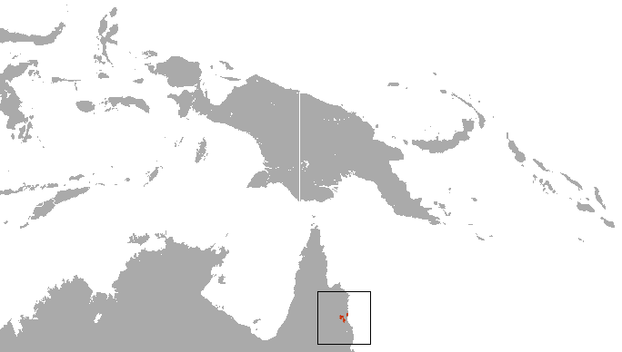
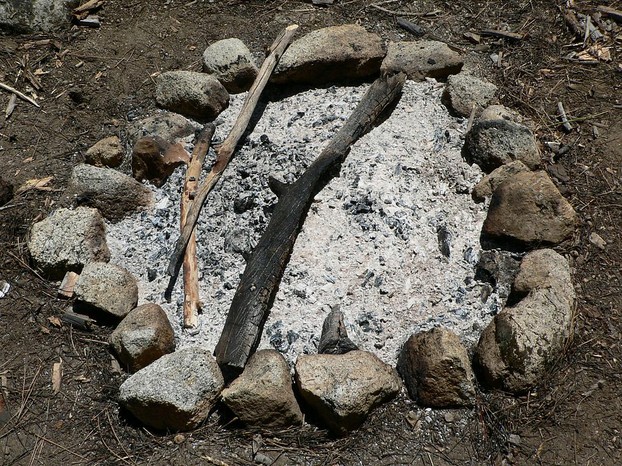
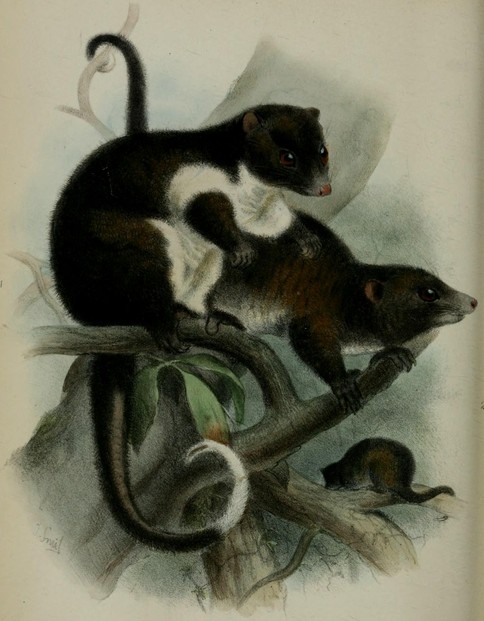
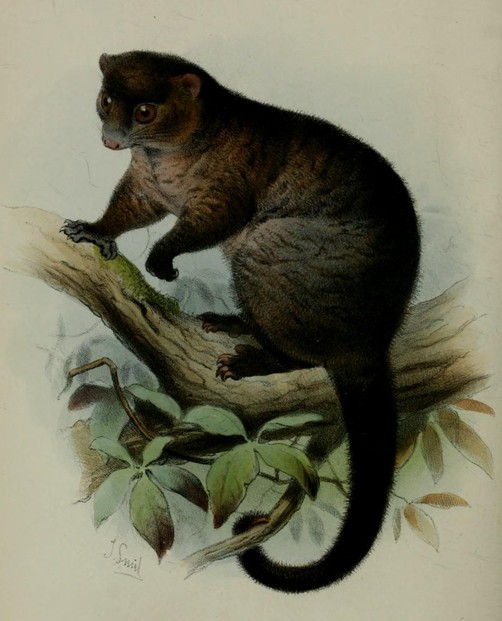
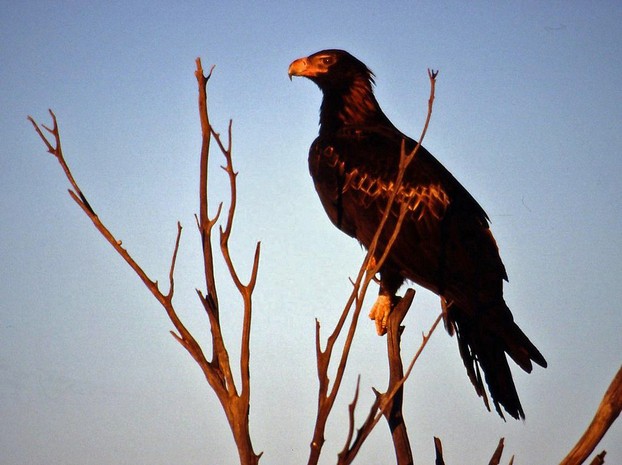
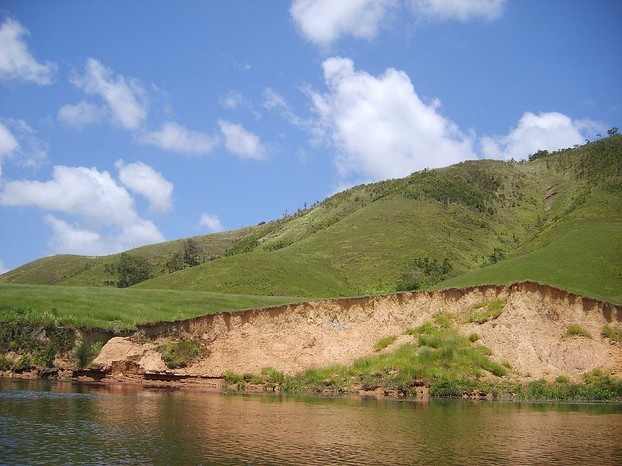
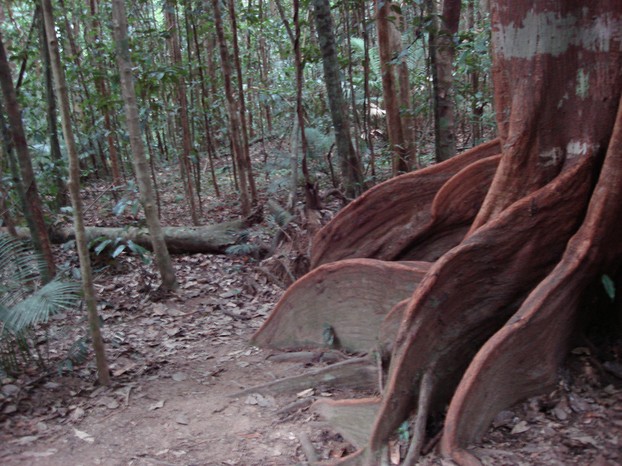
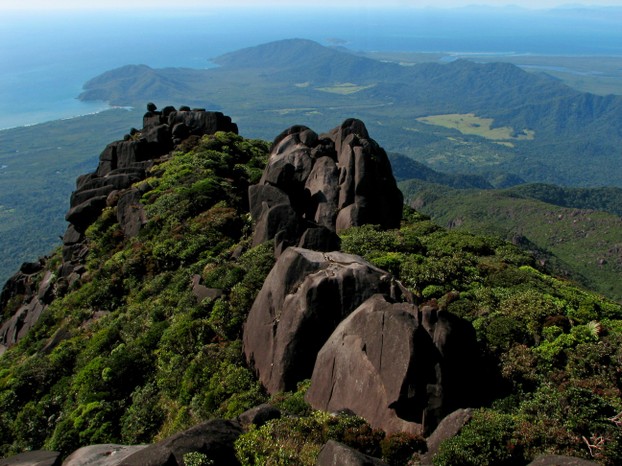
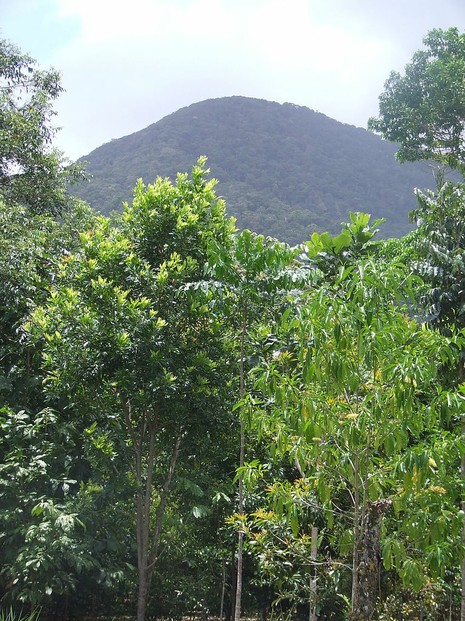





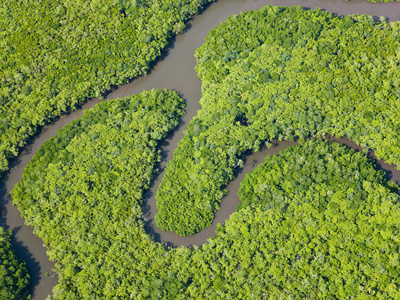
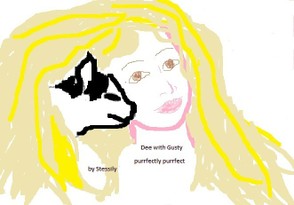
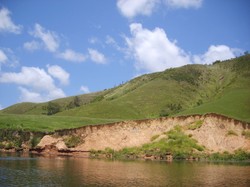

 Are Hawaiian Huakai Po Nightmarchers Avenging Halloween Thursday?on 10/02/2024
Are Hawaiian Huakai Po Nightmarchers Avenging Halloween Thursday?on 10/02/2024
 Mailing Addresses for 2023 Form 4868 Extending 1040 and 1040SR April 15, 2024, Due Dateon 04/15/2024
Mailing Addresses for 2023 Form 4868 Extending 1040 and 1040SR April 15, 2024, Due Dateon 04/15/2024
 Mailing Addresses for 2023 Forms 1040 and 1040SR Filed in 2024on 04/15/2024
Mailing Addresses for 2023 Forms 1040 and 1040SR Filed in 2024on 04/15/2024
 Mailing Addresses for 2022 Form 4868 Extending 1040 and 1040SR April 18, 2023, Due Dateon 04/13/2023
Mailing Addresses for 2022 Form 4868 Extending 1040 and 1040SR April 18, 2023, Due Dateon 04/13/2023

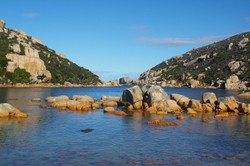
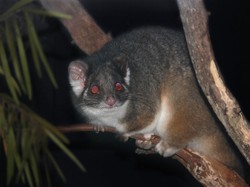
Comments
AngelaJohnson, Thank you for the appreciation! It's always interesting to find how similar names and words are used differently, particularly in the case of the Land Down Under, where there's quite an imaginative use of language.
We have possums in the U.S. but they're a dull grey. It's interesting to see and learn about animals in other parts of the world.
KathleenDuffy, Thank you! I am happy that you appreciated my tribute to this charming ringtail.
VioletteRose, Thank you!
Another really interesting article with lovely illustrations.
Great images and details!